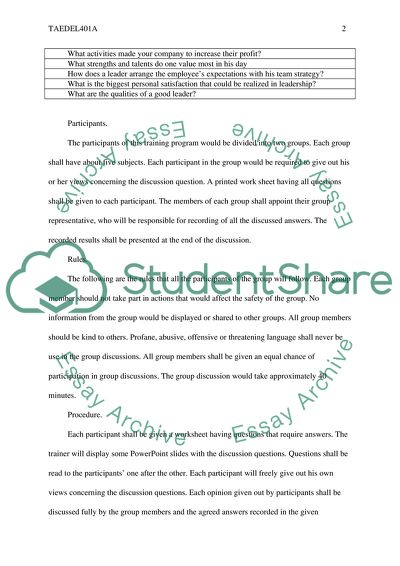Cite this document
(“Group-based learning Essay Example | Topics and Well Written Essays - 2000 words”, n.d.)
Group-based learning Essay Example | Topics and Well Written Essays - 2000 words. Retrieved from https://studentshare.org/education/1599723-unit4taedel401a
Group-based learning Essay Example | Topics and Well Written Essays - 2000 words. Retrieved from https://studentshare.org/education/1599723-unit4taedel401a
(Group-Based Learning Essay Example | Topics and Well Written Essays - 2000 Words)
Group-Based Learning Essay Example | Topics and Well Written Essays - 2000 Words. https://studentshare.org/education/1599723-unit4taedel401a.
Group-Based Learning Essay Example | Topics and Well Written Essays - 2000 Words. https://studentshare.org/education/1599723-unit4taedel401a.
“Group-Based Learning Essay Example | Topics and Well Written Essays - 2000 Words”, n.d. https://studentshare.org/education/1599723-unit4taedel401a.


